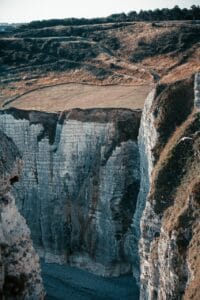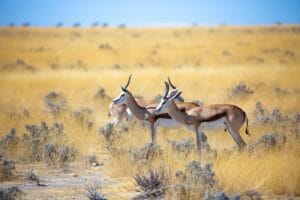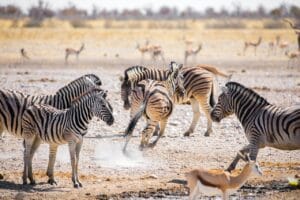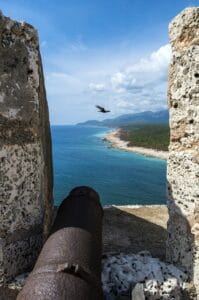Alejandro de Humboldt National Park

Alejandro de Humboldt National Park – A Natural Wonder of Cuba
Introduction
Alejandro de Humboldt National Park is one of the most important protected territories in Cuba. It is located on the eastern side of the island. The park covers areas in Guantánamo and Holguín provinces. It is named after prominent German scientist Alexander von Humboldt. He visited Cuba in the 19th century to study its vegetation, fauna, and geology. It is not only beautiful, though, but also extremely important for science. It was added to the UNESCO World Heritage Site in 2001. That’s because of its unique biodiversity. It is among the most biologically diverse tropical island locations globally. Many of the species that call this location home are not found anywhere else. Visitors to the park enjoy looking at mountains, rivers, forests, and coastlines. It is a hiking, birdwatching, and nature gazing attraction. For that reason, it is also an emblem of Cuba’s attempt to preserve its environment.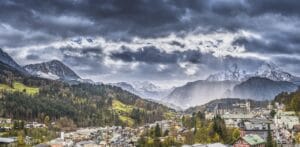
History of the Park
The park was named after Alexander von Humboldt, a German explorer and scientist. He had visited Cuba between the years 1800–1801. While he was there, he made extensive studies of Cuban plants and animals. His work later motivated scientists across the globe. The Cuban government made the decision to pay tribute to him by naming the park after him. Preservation of the area began in the 1960s. It was subsequently gazetted as a national park to protect its unique ecosystems. UNESCO declared it a World Heritage Site in 2001. This designation increased its international awareness. It is now managed by Cuban environmental officials. They focus on preserving diversity and promoting eco-tourism.
Geography and Climate
The park covers about 711 square kilometers. The park traverses mountains, valleys, and coastlines. Pico El Toldo is the highest point in the park at an altitude of 1,168 meters. The weather is tropical but also highly humid. It is highly rainy, especially in the mountains. This favors dense forests and an extensive number of rivers. The park has also at times been called the “water tower” of eastern Cuba. Several rivers, such as the Toa River, originate there and provide water to neighboring communities. Due to the diverse climate and geography, the park contains numerous diverse ecosystems. These range from lowland rainforests, mountain cloud forests, pine forests, and coastal mangroves. These various ecosystems host a variety of plants and animals.
Flora – Rich Plant Life
One of the most distinctive features of Alejandro de Humboldt National Park is the variety of plants. Specialists assert that it has some of the highest plant endemism levels in the world. This means that several plants here are endemic to this park. here are more than 16 types of vegetation. These include evergreen forests, pine forests, mangroves, and coastal scrub. Some plants can survive on the park’s serpentine soils alone, which are mineral intensive but extreme for most plants to inhabit.
Main plants are:
- Cuban pine trees – well adapted to highland areas.
- Tree ferns – giving a prehistoric atmosphere to the forests.
- Orchids and bromeliads – colorful and diverse.
- Medicinal plants – used by indigenous people for centuries.
For botanists, the park is an open-air laboratory.
Fauna – Animal Diversity
The park also has an incredible diversity of animals. It is among the Caribbean’s most important wildlife sites.
Mammals
- The Cuban solenodon – a rare insectivorous mammal that only exists in Cuba.
- Bats – many species live in caves and forests.
Birds
Over 100 bird species have been recorded. Some of them include:
- Cuban trogon (tocororo) – the national bird of Cuba, with red, blue, and white feathers.
- Bee hummingbird – the smallest bird in the world.
- Ivory-billed woodpecker – thought to be extinct, but seen here.
Reptiles and Amphibians
Small frogs, like the Monte Iberia Eleuth, the Northern Hemisphere’s smallest frog. Many kinds of snakes and lizards, most of which are harmless.
Marine and River Life
The park’s rivers and coastlines also harbor fish, crabs, and turtles. The combination of terrestrial and aquatic environments makes the park an ecological gem.
Activities for Visitors
Many eco-friendly activities can be enjoyed by visitors to the park. Tourism is regulated carefully to keep the environment safe.
- Hiking: Various distances and difficulties of trails exist. There are guided hikes to enable visitors to comprehend the ecosystems of the park.
- Birdwatching: Thousands of visitors come to see unique birds like the Cuban trogon and bee hummingbird.
- Photography: The wildlife and scenery are photogenically good.
- River tours: River boat tours along rivers like the Toa River are offered in certain areas.
- Educational tours: Local guides explain to visitors about the park’s animals, vegetation, and history.
Visitors must follow strict rules. They are not allowed to pluck vegetation, disturb animals, or leave litter. It preserves the fragile ecosystem.
Cultural and Scientific Importance
The park is not only nature. It is culturally and scientifically important. The communities around the park have traditions surrounding the land. They use plants for medicine and sustainable agriculture. Scientists from Cuba and abroad come to the park to conduct research. They study biodiversity, climate change, and conservation methods. The park is also utilized for environmental education for Cuban schools.
Conservation Challenges
Although extremely crucial, the park has issues.
- There are some threatened species due to illegal logging and hunting. Climate change affects rainfall patterns and ecosystems.
- Pressure from tourism, if unchecked, can devastate sensitive ecosystems. Short budgets make it difficult to monitor the vast region.
But Cuban officials and international agencies unite to fight the threats.
Surrounding Places to Visit
Tourists who come to Alejandro de Humboldt National Park make their way to nearby towns and attractions.
Baracoa – The First City of Cuba
Baracoa is the closest and most important town to the park. It is 40 kilometers away. Baracoa was the first city founded in Cuba in 1511 by Spanish colonists. Baracoa has a very historic and rich history. The town is rich in colonial history. Its narrow cobblestone streets, pastel-colored homes, and old churches remind one of yesteryears. The Cathedral of Our Lady of the Assumption is a rare find. Inside, it houses the Cruz de la Parra, a wooden cross, which according to legend, Christopher Columbus himself planted there in 1492. Baracoa is also famous for its food. The tourists must sample cacao and chocolate. The inhabitants make “cucurucho,” coconut, honey, and nut mixture, that is wrapped in palm leaves. Bacán, made from plantains, pork, and coconut milk, is another delicacy. Baracoa is also nestled among nature. The Yunque Mountain is nearby. It is a plateau mountain and easy to spot in the distance. A walk up the Yunque offers travelers beautiful views of the sea and town.
Toa River and Valley
The Toa River is Cuba’s largest. It runs along the park and discharges into the sea off Baracoa. The river is renowned for its clean water and lush ecosystem. The Toa River valley is very dense. It has fertile soil, forests, and small-scale agriculture. Tourists may also take boat tours around the river. On the riverbank, they watch farmers cultivating cocoa, coffee, and coconut plantations. Birds and butterflies exist in the valley. It is also a good place to take photos of Cuban rural life. Toa River Valley is also known as the “lungs of Cuba” because of its forests. It is part of the Cuchillas del Toa Biosphere Reserve, also inscribed by UNESCO.
Guantánamo City
Guantánamo is one of the biggest cities that encircle the park. The city itself is famous worldwide because of the U.S. naval base, but as a city, it does possess some identity. The city is lively, with music, culture, and traditions. Guantánamo is the birthplace of changüí music, a genre older than son cubano. Tourists can enjoy live music at town halls and bars. Parks, museums, and theaters are also found in the city. The Folk House Museum preserves the culture of the region. In Guantánamo, tourists can meet friendly locals and enjoy traditional Cuban street food.
Holguín – City of Parks
Holguín is another province with which it shares part of the park. Holguín City is also known as the “City of Parks.” This is because the city has a lot of public squares filled with trees and benches. The city is also known for its fiestas. Holguín has an annual Romerías de Mayo Festival, which is music, dance, and art. Some of Cuba’s most beautiful beaches are located close to Holguín. Guardalavaca Beach is very famous. Visitors come to swim, snorkel, and sunbathe on white sand. After walking through the forests and mountains of the park, Holguín offers a chance to relax on the beach.
Cuchillas del Toa Biosphere Reserve
This biosphere reserve surrounds the national park. It is Cuba’s most important natural landmark. Together with Alejandro de Humboldt National Park, it protects a very large area of mountains, rivers, and forest. The reserve is home to many small villages. They coexist with nature in harmony. They farm their fields with old-fashioned methods and protect the environment. Tourists can visit villages, talk to villagers, and acquaint themselves with their lifestyle. Because of its size and diversity of species, the reserve is also called a “natural laboratory” at times. Scientists from across the globe visit there for research purposes.
Beaches Near Baracoa
The eastern part of Cuba is not mountains and forests alone. It does have some beautiful beaches as well.
- Playa Maguana: It is 20 kilometers west of Baracoa. It is a white sandy beach with clear waters and coral reefs. It is a quiet place, and it’s great for swimming and snorkeling.
- Playa Blanca: Another tiny beach with soft waves. Local domestic families often go here.
- Playa Duaba: Near the mouth of the Duaba River, this black sand beach marks where rivers meet the sea.
These beaches allow tourists to experience both the mountains and the ocean on the same outing.
El Yunque Mountain
El Yunque is one of Baracoa’s symbols. “The anvil” is Spanish for its flat top, and that describes the form. It’s a 575-meter mountain that rises above sea level. El Yunque casts its shadow on the horizon from virtually any location in Baracoa. Hiking up to El Yunque is a common practice. The path crosses forests and rivers. Along the route, tourists observe birds, butterflies, and orchids. Upon reaching the top, one has a great view. One can observe the town, the sea, and the green valleys below. El Yunque is also a symbol of culture. It was once a sacred mountain for the indigenous. Nowadays, it is preserved as part of Cuba’s natural heritage.
Yumuri Canyon
Another natural attraction near the park is Yumuri Canyon. The canyon is formed by the Yumuri River cutting through mountains. Steep rock walls, overlaid with vegetation, remain behind. Tourists may hike or boat on the river. The river is fresh and cool, perfect for swimming. Local mythology has it that the canyon was named after the native people who, in a futile struggle against Spanish colonization, uttered their last words. The canyon is peaceful and less crowded than other tourist destinations. It is appropriate for those who love nature and seclusion.
Sagua de Tánamo
It is a small town near the park in Holguín province. It is not as popular, but it has a traditional Cuban way of life. Farmers grow coffee, cocoa, and fruits. It is near rivers and forests too. It’s a good spot to start visiting the park from the Holguín side. Visitors have the chance to experience countryside Cuba, away from major cities.
Conclusion
Alejandro de Humboldt National Park is among the Caribbean’s most distinctive natural treasures. With mountains, forests, rivers, and animals, it showcases the amazing variety of Cuba’s nature. The park contains flora and fauna that exist nowhere else on the planet. A visit to the park is not just a journey back to nature but also an opportunity to be educated on conservation. Nearby locations such as Baracoa, the Toa River Valley, and Holguín add variety to the trip. Local hotels and guesthouses provide tourists with a convenient opportunity to stay near the park while being treated to Cuban courtesy. Conservation of the park is important for generations to come. For tourists, it provides an experience of discovery and wonder that they will never forget.
Alejandro de Humboldt National Park itself is not just scenic. The area surrounding the park offers culture, history, nature, beaches, and much more. When guests visit the park, they generally venture out to see the nearby towns and attractions. All of the areas surrounding the park have their own charm. They all contribute to a holistic travelling experience in eastern Cuba.
Author
Related posts
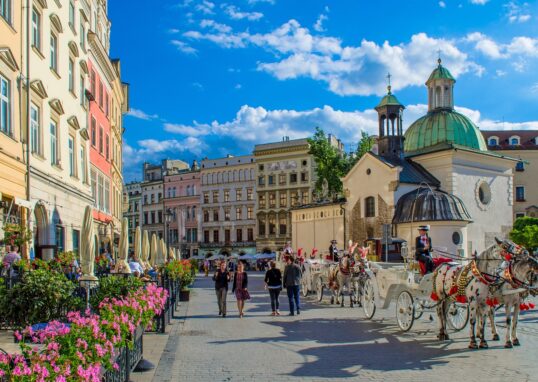
Kraków, Poland
Kraków – Beautiful and historic cities in Europe Situated in southern Poland, Kraków is one of the most beautiful and historic cities...
Read out all
Hierapolis & Pamukkale, Turkey
Hierapolis–Pamukkale – Stunning natural beauty and fascinating ancient history Hierapolis & Pamukkale are one of the most spectacular destinations in Turkey, where...
Read out all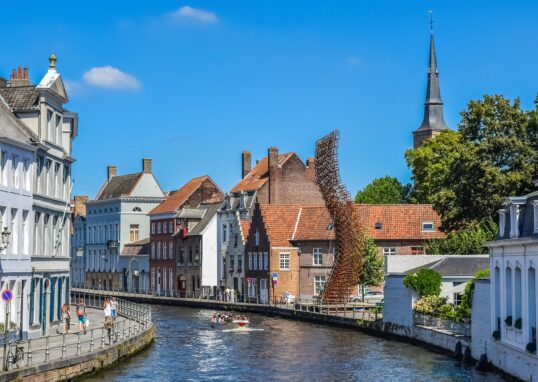
Brugge, Belgium
The Centre of Brugge – The northern part of Belgium The Centre of Brugge, sometimes referred to as the “Historic Centre of...
Read out all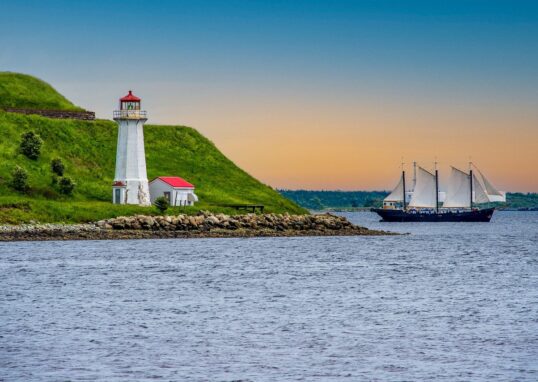
Nova Scotia, Canada
Nova Scotia, Peaceful provinces in Canada Situated on the far eastern side of the country, Nova Scotia is one of the most...
Read out all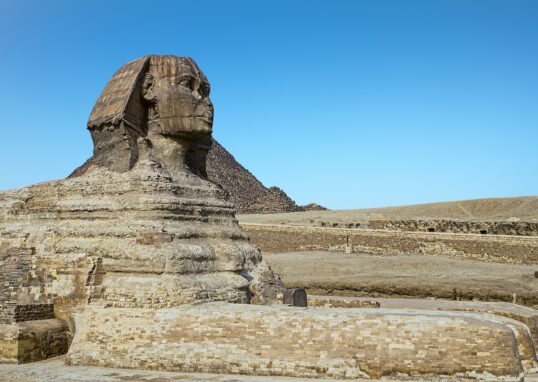
Historic Cairo
Cairo – Fascinating heritage areas in the World Historic Cairo, also known as Islamic Cairo or Old Cairo, is one of the...
Read out all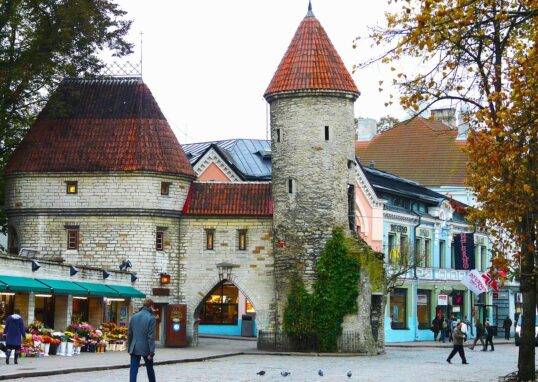
Tallinn, Estonia
Tallinn – A beautiful medieval cities in Europe Tallinn, Estonia’s charming capital, is one of the most beautiful medieval cities in Europe,...
Read out all
